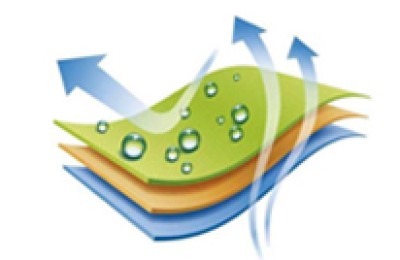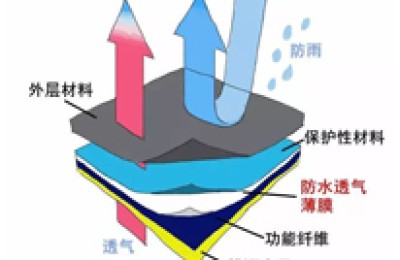According to Bangladesh media reports, the Bangladesh government has decided to restart production in Adamji and other five jute factories. Adamji was built in 1951. It was the largest jute factory in the world at that time, with 26,000 employees and an annual output of more than 5,000 tons of linen yarn, burlap and sacks. It once became the pride of the country. In 2002, due to the increase in demand for chemical fiber products Forced to close.
With the promotion of environmental protection concepts, jute products began to regain their lost glory. In early 2009, the Bangladesh government embarked on a journey to revitalize the jute industry. Due to increased market demand, the local market price climbed to 2,400 taka. From October 2009 to April 2010, jute exports earned US$378 million (only US$156 million in the same period last year). In the past, jute factories suffered from poor management, loss of high-level technical talent, low worker skills, and lack of government support. Only 42 of the 77 state-owned factories remain, and the rest have been privatized and most have closed down. At present, the Bangladesh government has decided to use high and new technologies to vigorously increase jute production.
Bangladesh restarts production at Adamji and other jute factories
According to Bangladesh media reports, the Bangladesh government has decided to restart production in Adamji and other five jute factories. Adamji was built in 1951. It was the largest jute factory in the world…
This article is from the Internet, does not represent Composite Fabric,bonded Fabric,Lamination Fabric position, reproduced please specify the source.https://www.yjtextile.com/archives/25337





